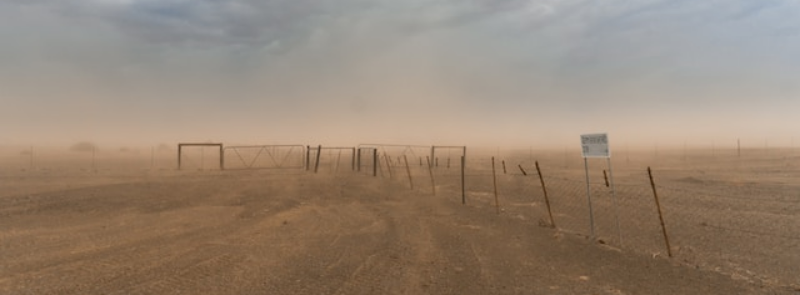
July 12 has been declared by the United Nations General Assembly as the International Day of Combating Sand and Dust Storms (SDS), with the goal of promoting awareness about health and sustainability. This day is dedicated to highlighting the significant environmental, economic, and social consequences of SDS and advocating for measures to mitigate their impacts.
Sand and Dust Storms are natural occurrences resulting from strong winds lifting loose sand and dust from arid, desert regions. However, the frequency and intensity of SDS have risen in recent decades, attributed to factors such as climate change, land degradation, and overgrazing.
Background and Purpose
-
Origin: The International Day of Combating Sand and Dust Storms was established by the United Nations General Assembly to draw attention to the environmental, health, and socio-economic impacts of sand and dust storms globally.
-
First Observance: The first International Day of Combating Sand and Dust Storms was held on June 17, 2019.
-
Objective: The day aims to raise awareness about the causes and consequences of sand and dust storms, promote international cooperation in combating them, and advocate for sustainable development practices to mitigate their effects.
Causes and Effects of Sand and Dust Storms
-
Natural and Anthropogenic Causes: Sand and dust storms can result from natural processes such as desertification, drought, and wind patterns. Human activities such as deforestation, agriculture, and land degradation can exacerbate these phenomena.
-
Environmental Impact: SDS can degrade soil quality, contribute to desertification, and affect biodiversity. They also transport pollutants and pathogens over long distances.
-
Health Risks: SDS pose significant health risks, particularly respiratory problems, cardiovascular diseases, and eye irritation due to inhalation of dust particles.
-
Socio-Economic Impacts: SDS can disrupt transportation, agriculture, and infrastructure, leading to economic losses and affecting livelihoods in affected regions.
Activities and Initiatives
-
Awareness Campaigns: Governments, environmental organizations, and educational institutions organize awareness campaigns, workshops, and seminars to educate communities about SDS and their impacts.
-
Research and Innovation: Promote research and technological innovations to improve early warning systems, monitoring techniques, and forecasting models for SDS.
-
Policy Advocacy: Advocate for policies and strategies at national and international levels to address the root causes of SDS, including sustainable land management practices and climate change mitigation measures.
-
Community Engagement: Encourage community participation in SDS mitigation efforts, including reforestation projects, soil conservation measures, and public health initiatives.
International Collaboration
-
UN Involvement: The United Nations Environment Programme (UNEP) and other UN agencies support global efforts to combat SDS through collaborative projects, capacity-building initiatives, and policy dialogue.
-
Regional Cooperation: Regional organizations and agreements facilitate cooperation among affected countries to address SDS through joint research, information sharing, and disaster preparedness measures.
-
Public-Private Partnerships: Engage private sector stakeholders, including industries and businesses, in sustainable practices and investments to reduce SDS impacts.
How You Can Help
-
Raise Awareness: Share information about SDS and their impacts on social media platforms using hashtags like #SDSday and #CombatSDS.
-
Support Initiatives: Participate in local and international efforts to mitigate SDS impacts, such as volunteering for environmental restoration projects or supporting organizations working on desertification and climate change issues.
-
Adopt Sustainable Practices: Implement sustainable land management practices in your daily life, including reducing water consumption, promoting reforestation, and supporting eco-friendly agriculture.
Conclusion
The International Day of Combating Sand and Dust Storms serves as a reminder of the urgent need for global action to address SDS and their wide-ranging impacts on the environment, health, and socio-economic well-being. By raising awareness, promoting sustainable practices, and fostering international cooperation, stakeholders can work together to mitigate SDS effects and build resilient communities in the face of climate change and environmental challenges.


